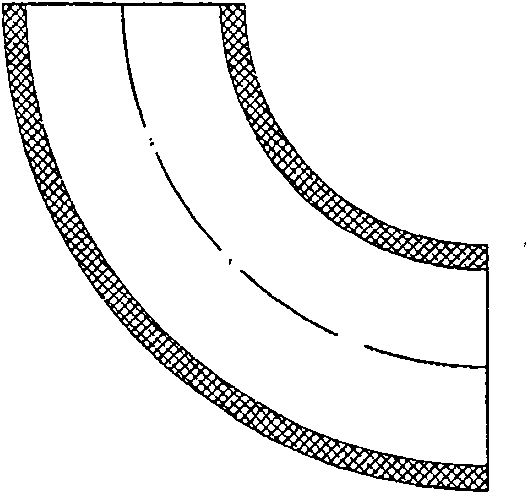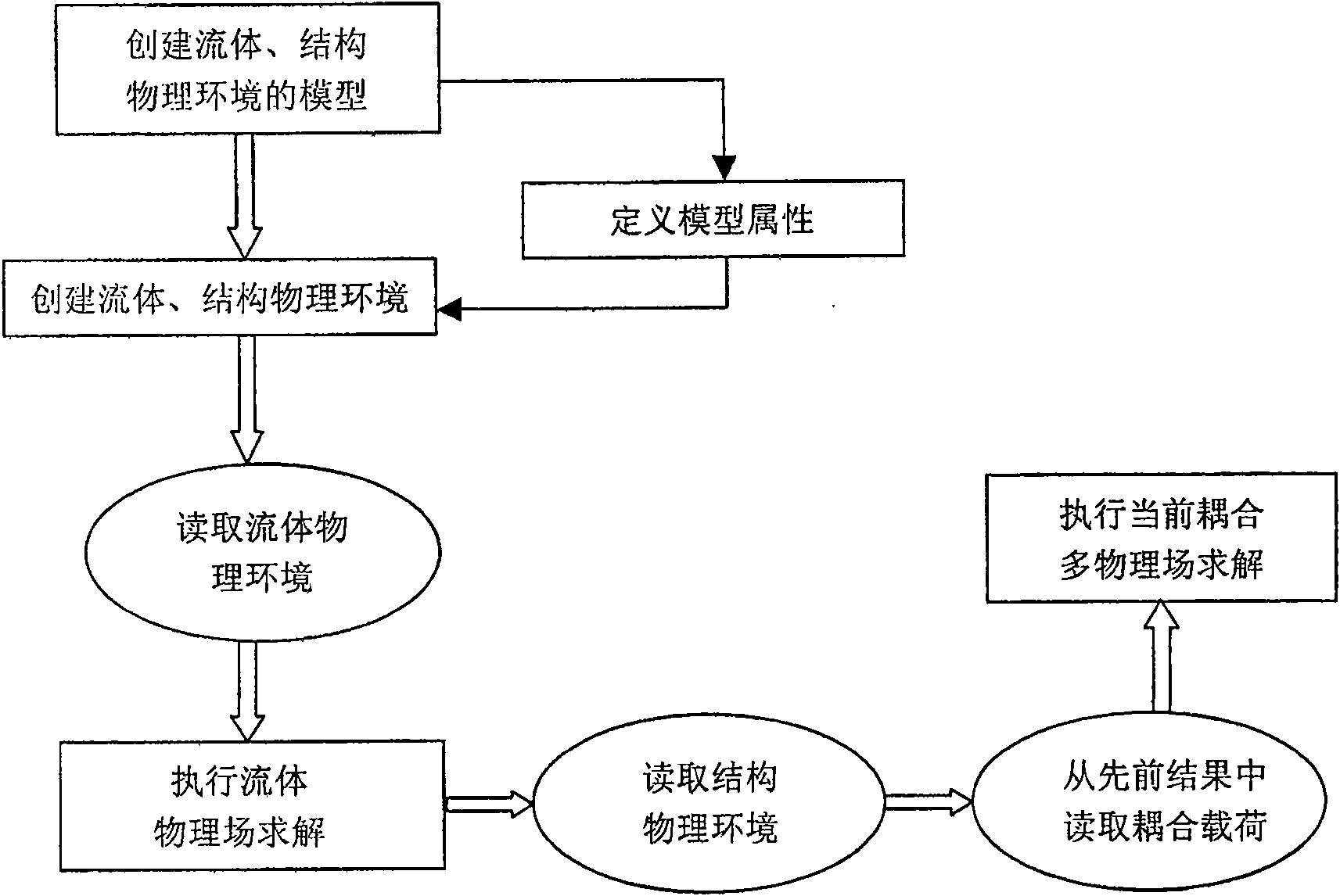Fluid-solid coupling analysis based erosion destruction invalidation quantitative forecast method
A technology of fluid-solid coupling and prediction method, which is applied in the direction of analyzing materials, measuring devices, testing wear resistance, etc., and can solve problems such as lack of theoretical basis and inability to accurately predict the failure location and rate of fluid pipelines
- Summary
- Abstract
- Description
- Claims
- Application Information
AI Technical Summary
Problems solved by technology
Method used
Image
Examples
Embodiment Construction
[0027] The present invention will be described in further detail below in conjunction with examples of implementation.
[0028] A quantitative prediction method of erosion damage failure based on fluid-solid coupling analysis of the present invention is applied to the quantitative prediction of erosion damage failure of the catalytic fractionation tower top return pipeline system, including analysis of corrosion product protective film characteristics and failure under fluid action Predictive analytics has two processes.
[0029] 1. Analysis process of corrosion product protective film characteristics:
[0030] a. A typical pipe fitting in the top reflux piping system of catalytic fractionation tower - the structure of the elbow is as follows figure 1 shown, the specification is 325×8mm, the radius of curvature is 450mm (1.5Dg), the corrosive fluid medium of the system has three phases of oil, gas and water at a pressure of 0.15Mpa and a temperature of 30°C, and the flow ra...
PUM
 Login to View More
Login to View More Abstract
Description
Claims
Application Information
 Login to View More
Login to View More - R&D
- Intellectual Property
- Life Sciences
- Materials
- Tech Scout
- Unparalleled Data Quality
- Higher Quality Content
- 60% Fewer Hallucinations
Browse by: Latest US Patents, China's latest patents, Technical Efficacy Thesaurus, Application Domain, Technology Topic, Popular Technical Reports.
© 2025 PatSnap. All rights reserved.Legal|Privacy policy|Modern Slavery Act Transparency Statement|Sitemap|About US| Contact US: help@patsnap.com



